Moscow, often characterized by its stunning Orthodox churches and historical cathedrals, also possesses a significant and centuries-old Islamic heritage. This rich history is largely centered around the Tatar community. As one of Russia’s most prominent Muslim ethnic groups, the Tatars have played a vital role in Moscow’s cultural and economic life for centuries. Exploring this unique dimension reveals a fascinating cross-section of cultural coexistence. Indeed, the enduring Moscow Tatar Legacy offers a powerful insight into the multicultural fabric of the Russian capital.
Historical Roots of the Tatar Community
The history of Tatars in Moscow dates back to the medieval period. Tatars were present in Moscow long before the modern era, serving as merchants, translators, diplomats, and military personnel. Their presence was deeply woven into the city’s early history. They helped facilitate trade and communication between Muscovy and the broader Eastern world.
A key aspect of this historical presence is the establishment of the “Staro-Tatarnaya Sloboda” (Old Tatar Settlement). Located in the Zamoskvorechye district, this area became a traditional enclave for the Tatar community. It served as a cultural and religious hub. While Tatars integrated into Moscow life, they successfully maintained their distinct cultural and religious identity. This settlement became the focal point for Moscow Tatar Legacy. It allowed the community to preserve their customs and traditions within an evolving Russian environment.
Islamic Faith in the Capital
Islam is a vital part of the Tatars in Moscow. While Moscow is the center of the Russian Orthodox Church, Islam is one of Russia’s traditionally recognized religions. The Tatar community, adhering primarily to Sunni Islam, has fostered a visible and resilient Islamic culture in the capital. Over the centuries, Moscow has served as a melting pot for diverse Muslim populations.
The presence of Islamic culture is not limited to Tatars. Moscow is also home to large communities from the North Caucasus, Central Asia, and other Muslim-majority regions. However, the Tatar community remains central to the city’s Islamic life. They are often seen as the historical bridge between Islam and Russian society. Consequently, the Tatar contribution to Moscow Islamic culture is immeasurable. They have ensured the preservation of Islamic traditions despite historical and political challenges.
Architectural Landmarks: The Mosques of Moscow
Moscow’s mosques are powerful symbols of the city’s Islamic heritage. Two mosques, in particular, hold immense significance. The Historical Mosque, located in the heart of the Old Tatar Settlement, is the oldest surviving mosque in Moscow. Built in 1823, it stands as a testament to the perseverance of the Tatar community. The mosque has undergone restoration and modernization, yet it retains its historical charm.
The most prominent Islamic landmark in the city is the Moscow Cathedral Mosque. This mosque, originally built in 1904, underwent a massive reconstruction and reopened in 2015. It is now one of the largest mosques in Europe. Its grand scale, vibrant turquoise dome, and soaring minarets make it a modern architectural marvel. The Cathedral Mosque is a central location for religious services. It also hosts major Islamic holidays. These include Eid al-Fitr and Eid al-Adha. The mosque accommodates tens of thousands of worshippers during these festive periods. Its sheer size symbolizes the vitality of Muslim life Moscow.
Cultural Preservation and Community Life
The Tatar community in Moscow is actively involved in preserving its unique culture and language. Various cultural centers and associations support these efforts. They offer Tatar language classes, music lessons, and traditional dance workshops. These centers serve as vital spaces for community members to connect. They also provide opportunities for younger generations to learn about their heritage.
Festivals are also crucial. For example, the annual Sabantuy festival is a major event for the Tatars in Moscow. It celebrates the completion of the spring sowing season. This festival features traditional wrestling (Kuresh), folk music, dancing, and Tatar cuisine. It attracts a diverse crowd of Muscovites, regardless of their background. These events not only celebrate Tatar culture. They also promote inter-cultural understanding within the city. They showcase the richness of the Moscow Tatar legacy.
Beyond Tatars: A Broader Muslim Community
While Tatars are central, Moscow’s Islamic landscape is incredibly diverse. The city hosts large populations from Central Asian countries. These include Uzbekistan, Kyrgyzstan, and Tajikistan. Furthermore, significant communities from the North Caucasus (e.g., Chechens, Ingush) reside here. Each group brings its own distinct traditions and interpretations of Islam.
This diversity is reflected in the city’s halal markets, restaurants, and various Islamic organizations. Moscow Islamic culture is a dynamic blend of different traditions and practices. It is supported by educational initiatives and community efforts. The presence of these diverse communities creates a unique urban environment. It fosters dialogue and interaction between different religious and cultural groups.
Integration and the Future of the Tatar Legacy
The Tatar community is well-integrated into Moscow society. Tatars are active in business, politics, academia, and the arts. Their long history in the city has enabled a seamless coexistence with the Orthodox Russian majority. However, the community remains fiercely proud of its cultural and religious identity.
그리고 Moscow Tatar legacy is an ongoing process of adaptation and cultural preservation. The community continues to balance integration with the maintenance of distinct traditions. This delicate balance is a defining feature of Muslim life in the Russian capital. The mosques and cultural centers provide necessary spaces for this continued evolution. They ensure that Islamic culture remains a vibrant part of Moscow’s future.
In conclusion, Moscow’s Tatar legacy is a fundamental component of the city’s multicultural identity. The history of the Tatar community, spanning centuries, showcases a remarkable ability to thrive within a complex environment. From the historical settlements of Zamoskvorechye to the modern grandeur of the Cathedral Mosque, Moscow Islamic culture is deeply embedded in the capital. This rich heritage contributes significantly to the dynamism and diversity of one of the world’s great cities.

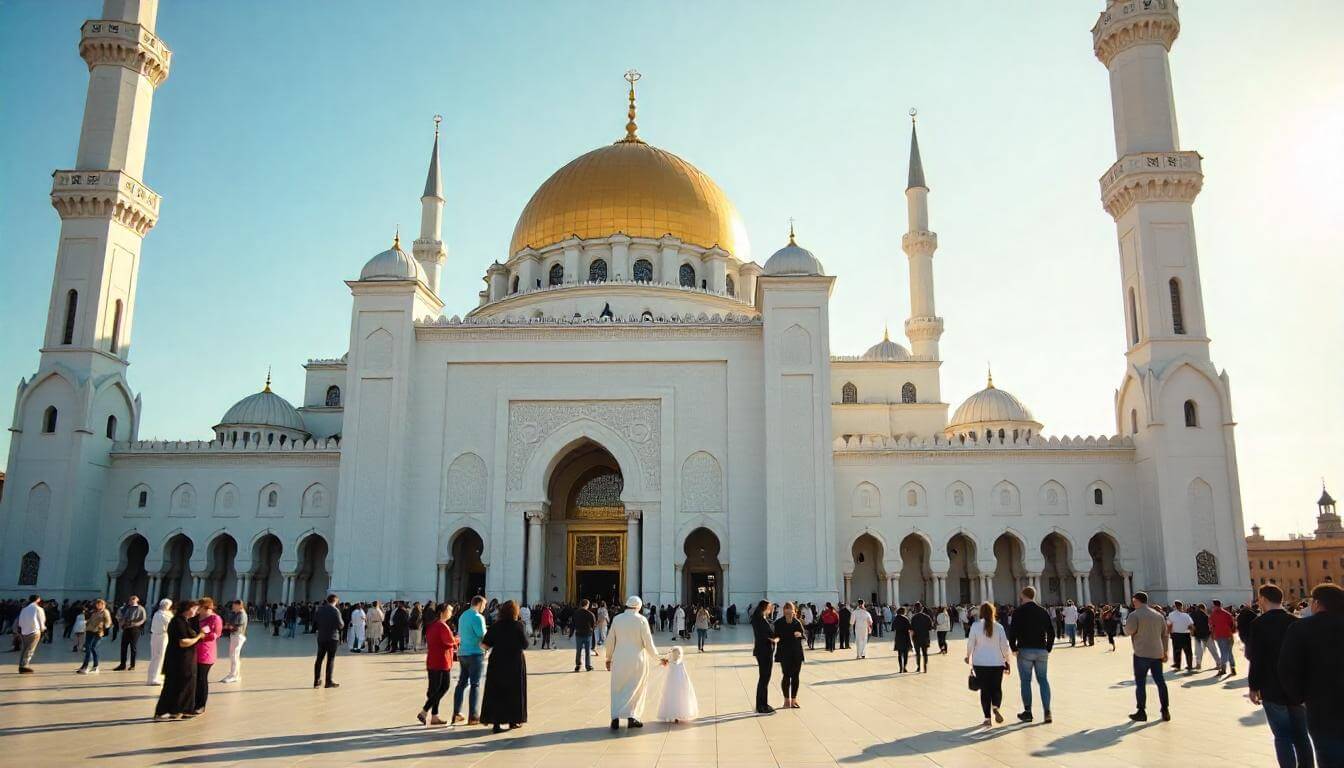 Moscow’s Tatar Legacy: Islamic Culture in the Orthodox Capital">
Moscow’s Tatar Legacy: Islamic Culture in the Orthodox Capital">

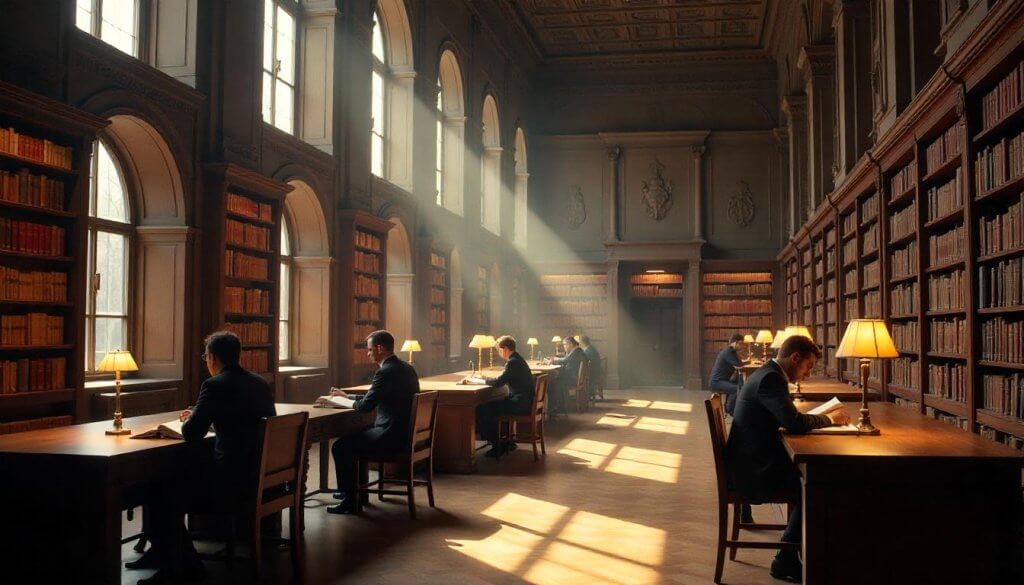 Moscow for Book Lovers: Libraries, Literary Sites, and Reading Spots">
Moscow for Book Lovers: Libraries, Literary Sites, and Reading Spots">
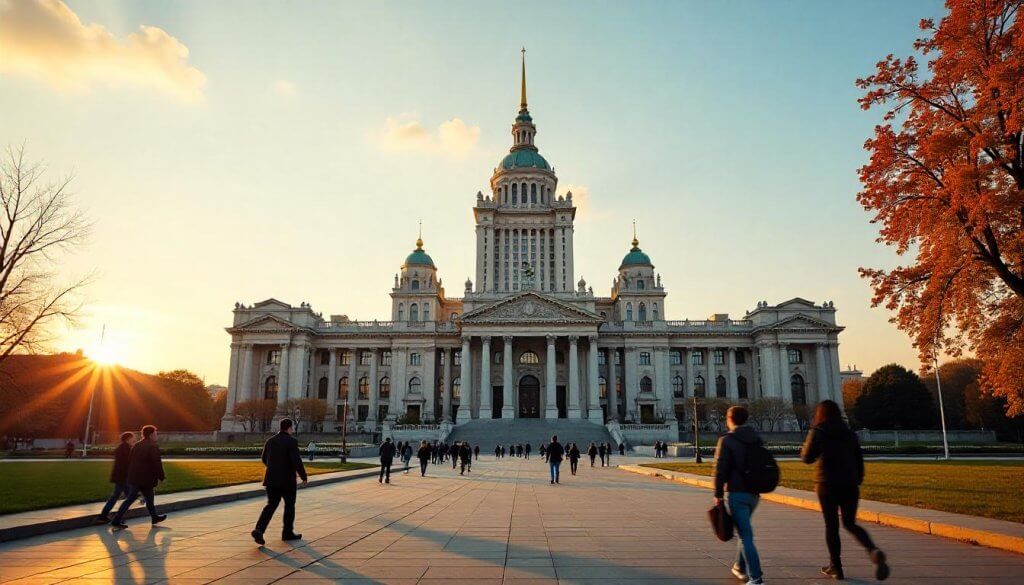 Soviet-Era Moscow: Communist Architecture and Historical Context">
Soviet-Era Moscow: Communist Architecture and Historical Context">
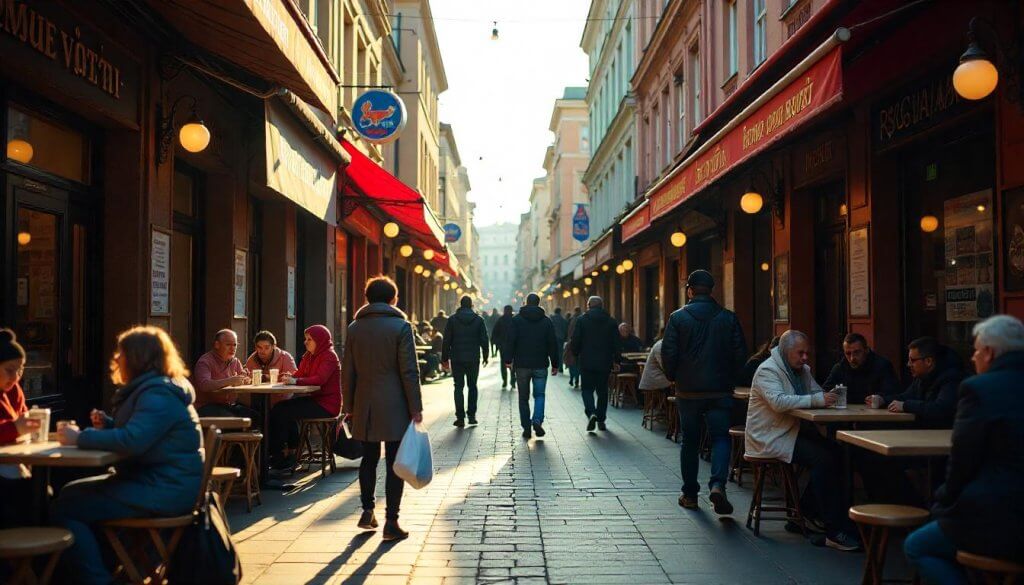 Moscow’s Immigrant Communities: Multicultural Neighborhoods and Cuisine">
Moscow’s Immigrant Communities: Multicultural Neighborhoods and Cuisine">
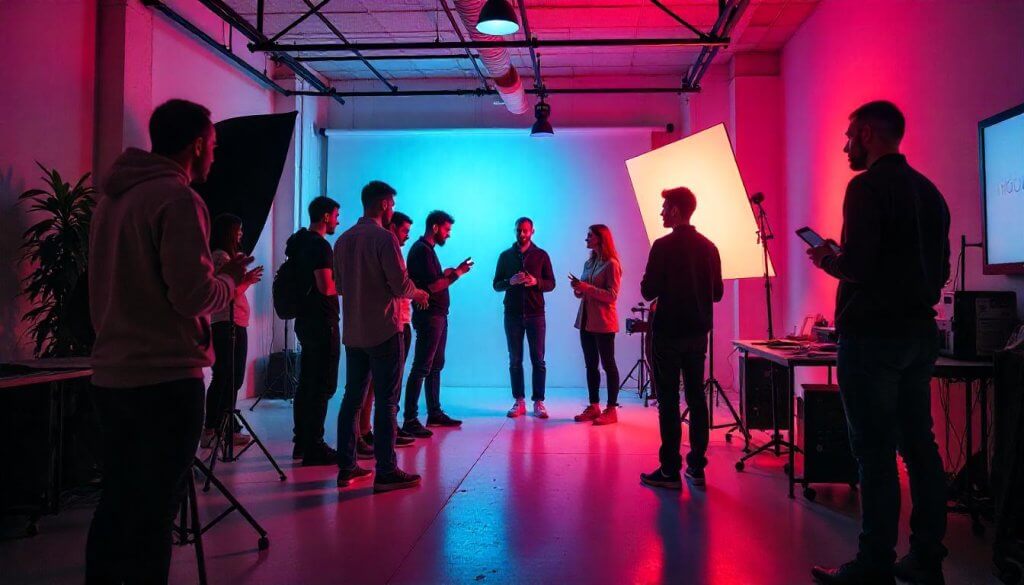 Moscow for Photographers: Professional Workshops and Portfolio Building">
Moscow for Photographers: Professional Workshops and Portfolio Building">
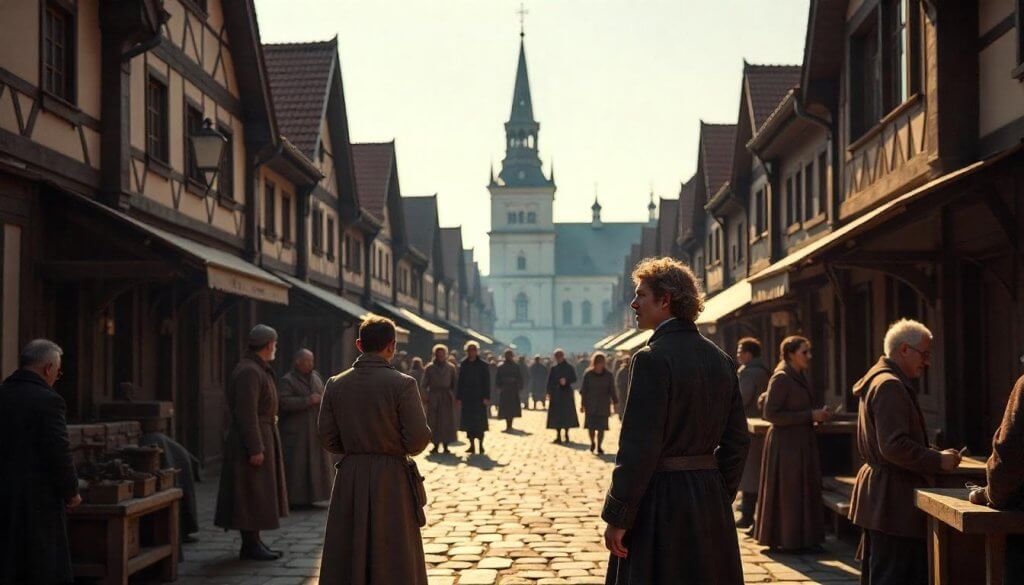 Moscow’s German Quarter: European Influence in Russian History">
Moscow’s German Quarter: European Influence in Russian History">
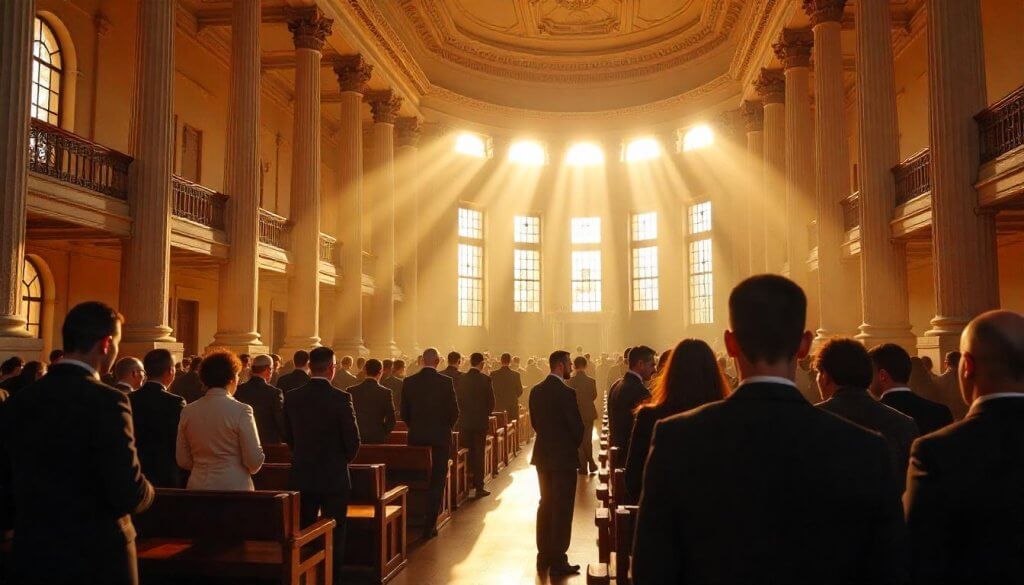 Moscow’s Jewish Heritage: Synagogues, Museums, and Cultural Centers">
Moscow’s Jewish Heritage: Synagogues, Museums, and Cultural Centers">
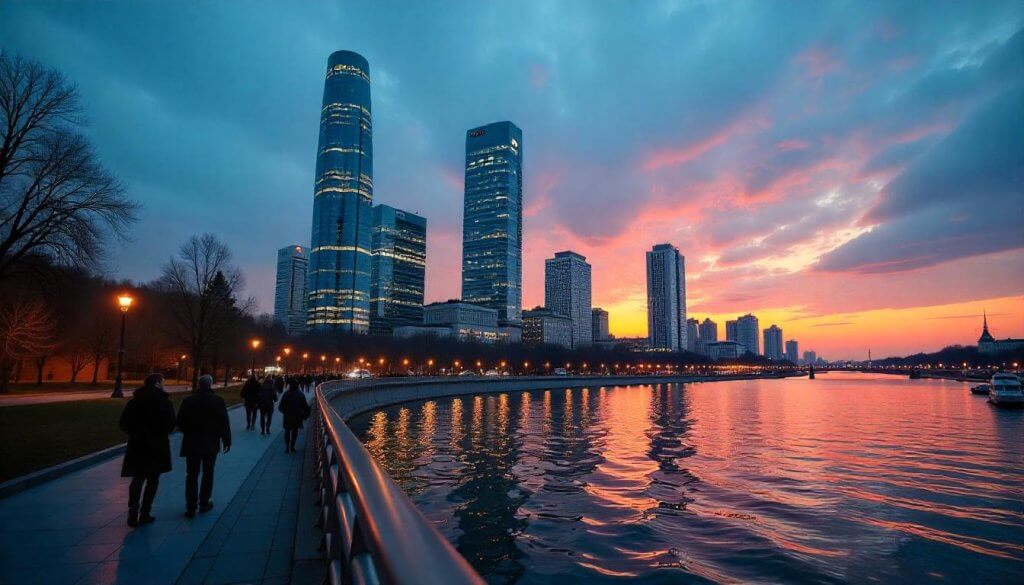 Post-Soviet Moscow: Understanding Modern Russian Society">
Post-Soviet Moscow: Understanding Modern Russian Society">
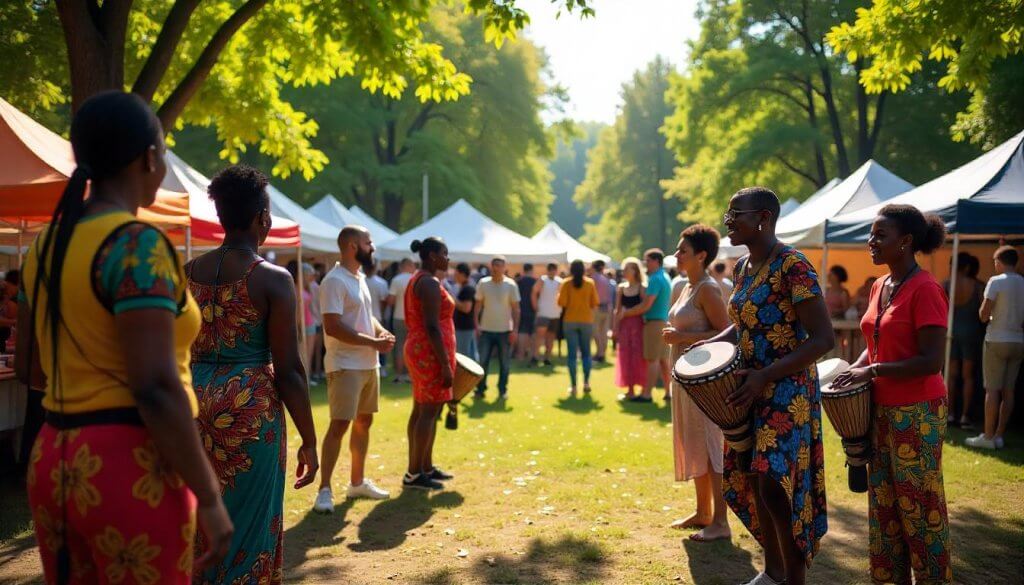 Moscow’s African Diaspora: Cultural Centers and International Communities">
Moscow’s African Diaspora: Cultural Centers and International Communities">
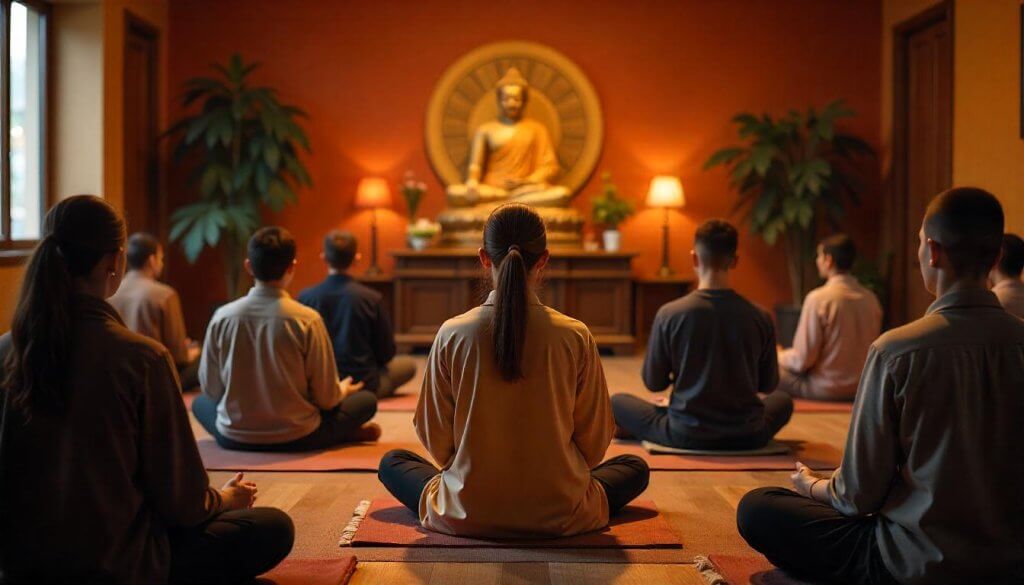 The Historical Roots of Moscow’s Asian Presence">
The Historical Roots of Moscow’s Asian Presence">
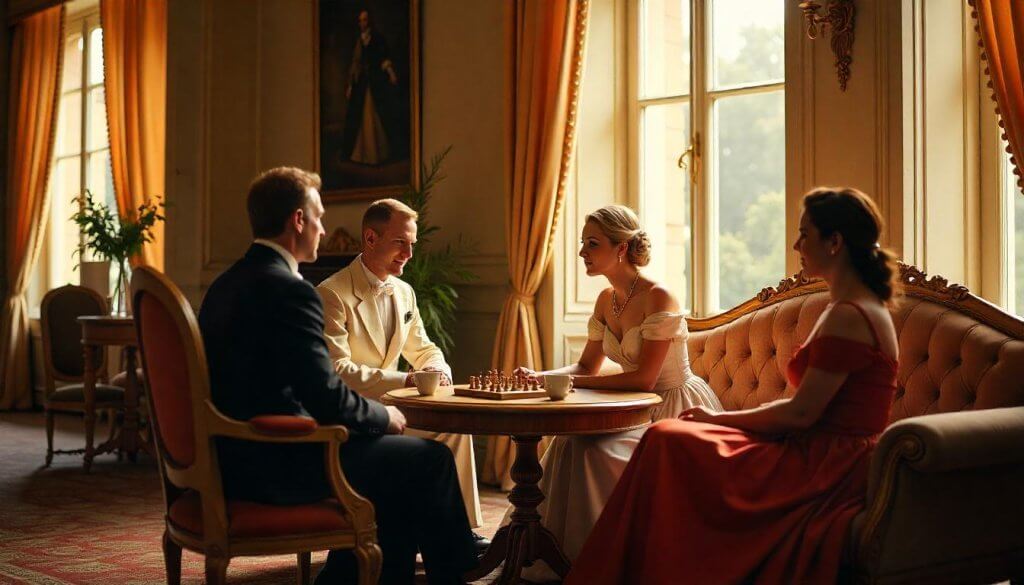 Moscow’s French Influence: Art, Culture, and Diplomatic History">
Moscow’s French Influence: Art, Culture, and Diplomatic History">